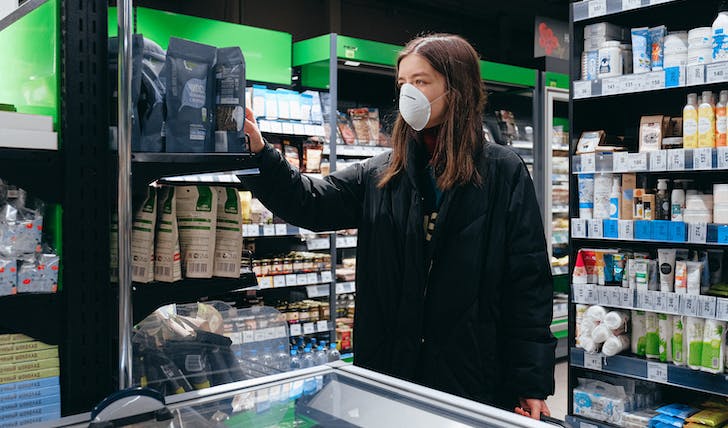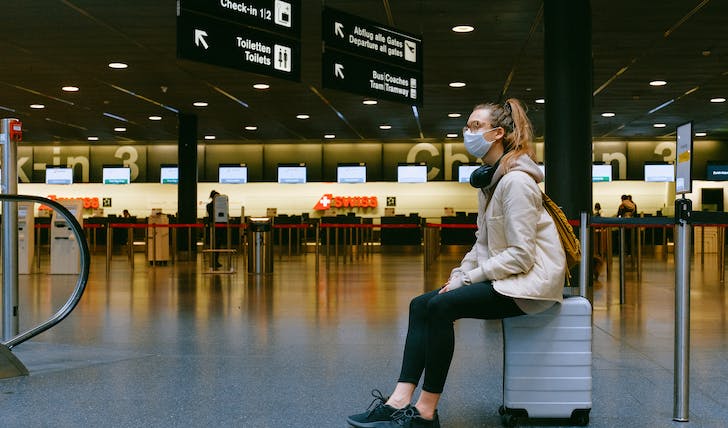Picture this: It is a lovely Friday evening, and you decide to hit up your favorite local eatery. The ambiance is just right; your favorite tune wafts in the air, but there is a hiccup. The wait is an hour long, not because of the customers but because they are understaffed.
In a twist of irony, following the dark days of the pandemic, the U.S. food sector got served a not-so-appetizing platter of labor shortages.
Here are the details of the massive labor shortage after the COVID-19 pandemic.

Calling in Sick, Forever?
Now, switch scenes. You are at a hospital or a clinic. Health services, the very sector we clapped for and celebrated during the hardest moments of the pandemic, was also hit.
Overburdened, stressed, and emotionally drained, many healthcare workers began to question if the long hours and high risks were worth the personal toll.
So, Why the Great Resignation?
The number is staggering. According to the chatter and various reports, more than 5 million U.S. workers decided to hang up their boots in 2022 alone. Yep, 5 million. Imagine the entire population of Los Angeles just saying, “I quit!” But why?
The pandemic, in all its disruptive glory, prompted a massive reevaluation of priorities. Employees were no longer just looking for a paycheck. They were in search of meaning, purpose, and most notably, a flexible work-life balance. Gone were the days when chaining oneself to a desk from 9 to 5 was the norm.

The pandemic-era remote work had given a taste of what was possible. Many craved flexibility – taking a mid-day break, spending time with family, or working from a park bench.
The Pursuit of Happiness
Yes, it was about money to some extent. But it was also about happiness, mental well-being, and the pursuit of a fuller, more balanced life. If the pandemic taught us anything, it is that life is fragile and unpredictable.
Many started thinking: “If I’m going to work most of my life, shouldn’t I at least enjoy it?”
The Domino Effect
Now, let’s connect the dots. The labor shortage, particularly in sectors that demanded inflexible hours and high physical presence, like food and health services, was inevitable. Employees started seeking roles that aligned more with their newfound values. And with so many in the same boat, it created a domino effect.

As more and more employees in these sectors left, the remaining ones found themselves overworked and overstressed, pushing them further towards the exit.
A Silver Lining?
It is not all gloom and doom. This labor shake-up has forced many businesses to rethink their models, pushing them towards innovation and adaptation. Companies are now more open to hybrid work models, better pay, and employee benefits. The Great Resignation, while challenging in the short term, might be the catalyst for a more employee-centric work culture in the future.
In the grand tapestry of history, the COVID-19 pandemic will be a bold stroke of chaos, change, and rebirth. The labor market’s transformation is just one thread in that intricate design, a testament to our unyielding spirit to adapt and redefine our priorities in the face of adversity.




